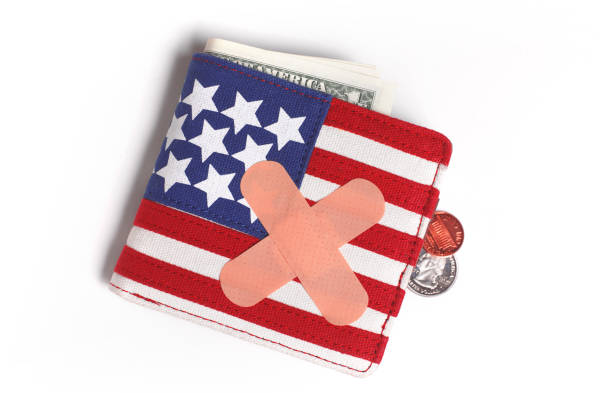
The relationship between overextended personal debt and conspicuous consumption is a modern tragedy, where the pursuit of social validation through ma...
Read More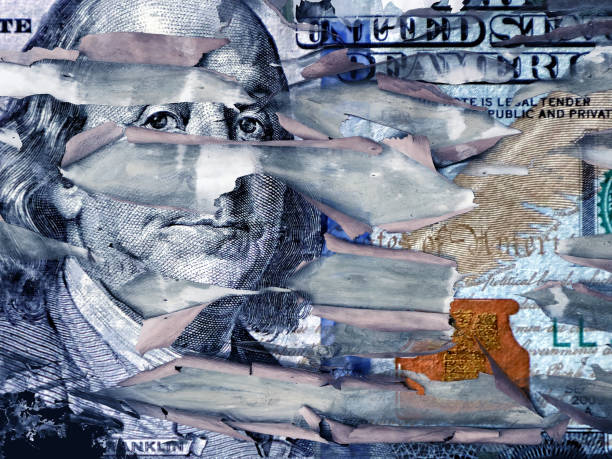
The phenomenon of overextended personal debt is not merely a financial condition but a complex web of interconnected core concepts that trap individua...
Read More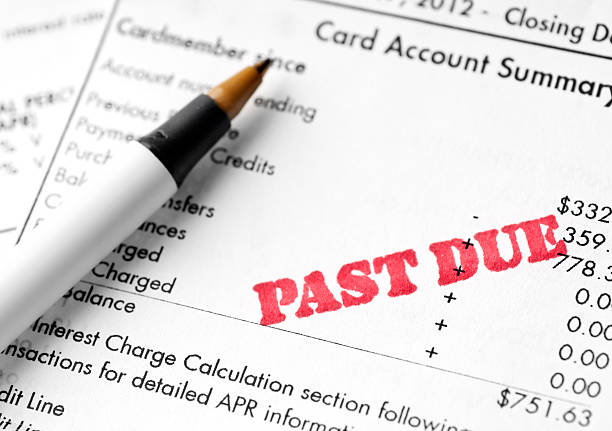
Are you managing your debt? Or is it managing you? If you're stuck in a money quicksand trap, you may not even realize at first that you're in a finan...
Read More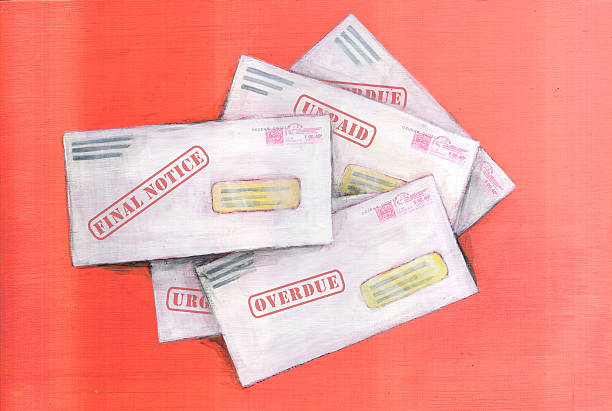
- Start by taking inventory of all your outstanding debts. - Look for ways to maximize your disposable income so you can put more money towards your ...
Read More
Entering one’s twenties often marks the beginning of true financial independence, a period of exciting possibilities juxtaposed with significant eco...
Read More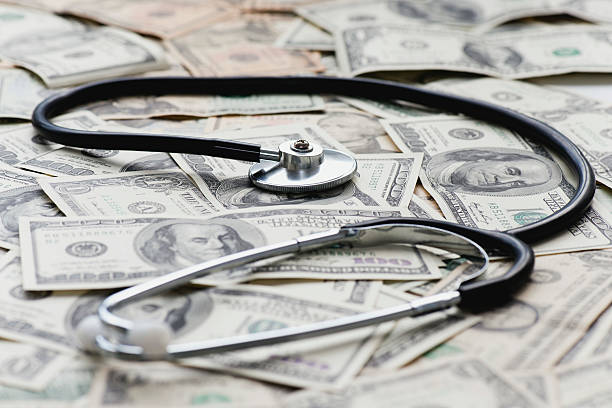
Navigating the labyrinth of healthcare debt requires a unique blend of financial strategy and systemic understanding, distinct from managing other for...
Read MoreWage garnishment is a legal process where a portion of an individual's earnings are withheld by an employer to pay off a debt, as ordered by a court or government agency.
Credit utilization measures how much of your available revolving credit you are using. A ratio above 30% signals risk to lenders and can significantly lower your credit score, making it harder and more expensive to access new credit or refinance.
Multiple BNPL plans with different due dates can create a complex web of payments that is hard to track. This "debt stacking" can lead to cash flow problems, where a consumer's income is already spoken for by numerous small payments across various providers.
No. Checking your own credit report is considered a "soft inquiry," which has no impact on your credit score. Only "hard inquiries" from lenders when you apply for new credit can cause a small, temporary dip.
These tools allow homeowners to borrow against their home equity. They often offer lower interest rates than unsecured debt but put your home at risk if you cannot make payments. They should only be used cautiously by those with stable finances.